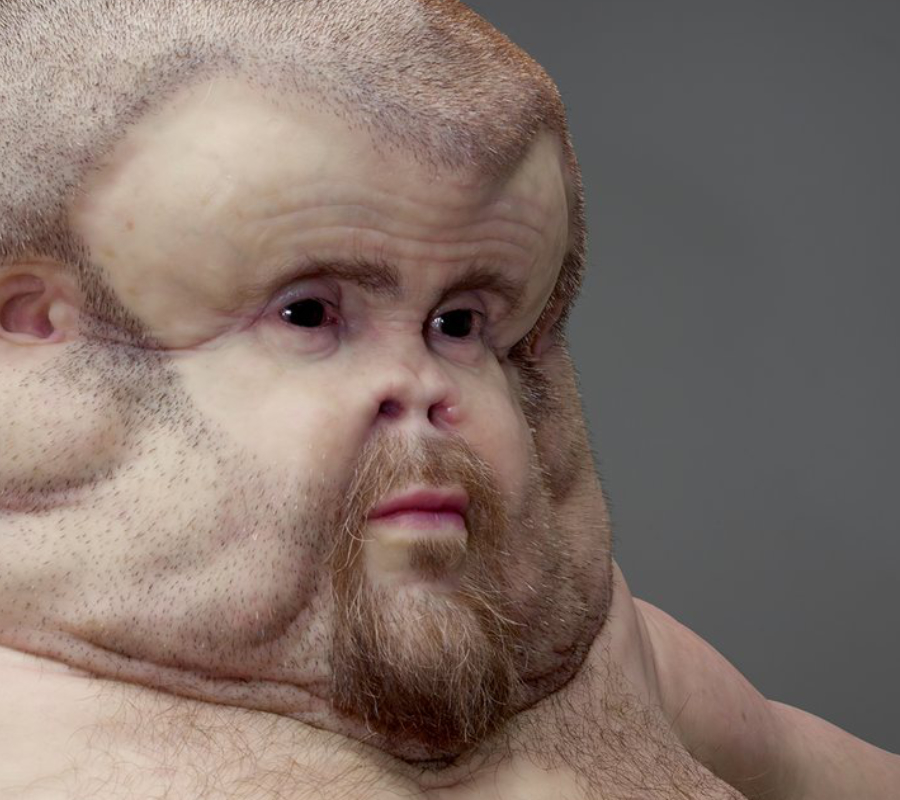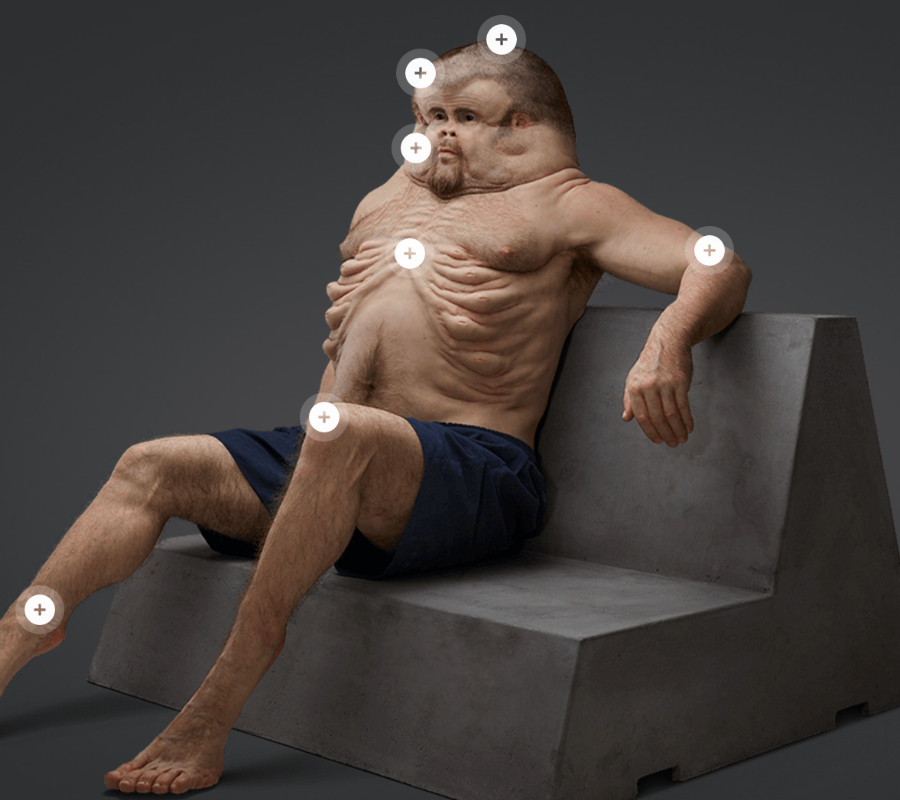A trauma surgeon, a crash investigation expert, and an artist have teamed up to build Graham, the representation of a human with an anatomy designed to survive a high-speed car crash.
The Transport Accident Commission (TAC), a government organization, based in the state of Victoria, Australia, organized a multidisciplinary team to build Graham. Melbourne-based sculptor Patricia Piccinini, Royal Melbourne Hospital trauma surgeon Christian Kenfield, and crash investigator at Monash University’s Accident Research Center David Logan created the lifelike sculpture that shows how humans should evolve to survive car crashes.

Graham is aimed to generate awareness about safe driving, as part of the new Toward Zero road-safety campaign from the TAC. The sculpture is part of an interactive installation that will be on display at the State Library of Victoria in Melbourne. The team also launched an interactive website to promote the campaign.
#MeetGraham at regional galleries in rural Victoria. https://t.co/xfIo67LPOI pic.twitter.com/27zGIsjCXs
— TAC (@TACVictoria) July 25, 2016
The grotesque sculpture looks forward to shock audiences
The Towards Zero campaign is an initiative created by the TAC, Victoria Police, VicRoads, the Department of Justice and Regulation, and the Department of Health and Human Services, to try to reduce deaths from car accidents. As part of the campaign, Project Graham aims to show how susceptible the human body is.
Logan, along with Kenfield, explained Piccini the physics behind car crashes, how the body responds and how it should be like to resist high-speed impact. Taking that into consideration, the artist built Graham.

Graham’s skull is large enough to absorb the impact and contains fluid that suspends and protect a normal-size brain. His face is flat, with tiny features surrounded by lots of fatty tissues that protect them. He has no neck. There are airbags between each rib to protect the chest and internal organs, and they reach his skull, limiting mobility, and protecting his head. His joints and knees bend in all directions to embrace trauma.
The sculpture will be on exhibition at the State Library of Victoria until August 8, and will then be moved to other locations in Australia. Those who assist to the exposition will be able to see through Graham with Google Tango, which is an augmented-reality tool. They will see beneath his skin, right into his bones, tissues, and structure that makes him the ideal car-crash survivor.
The TAC is expecting to approach audiences and generate great impact through the odd, exaggerated looks of the $200,000 Australian sculpture.
“Our bodies are just not equipped to handle the forces in common crash scenarios,” Logan said, according to Road and Track. The human body can only bear with impacts at speeds it can reach on its own, the TAC informed. Then, in order to survive high-speed crashes, the human body should evolve.
Source: CNN

I know humans who look too much like that, especially the “no neck” part!
Let’s get another Frappe Latte doublechino with whipped cream!
“I know humans who look too much like that, especially the “no neck” part!”
I do, too! Most of them are from the South and work in law enforcement.